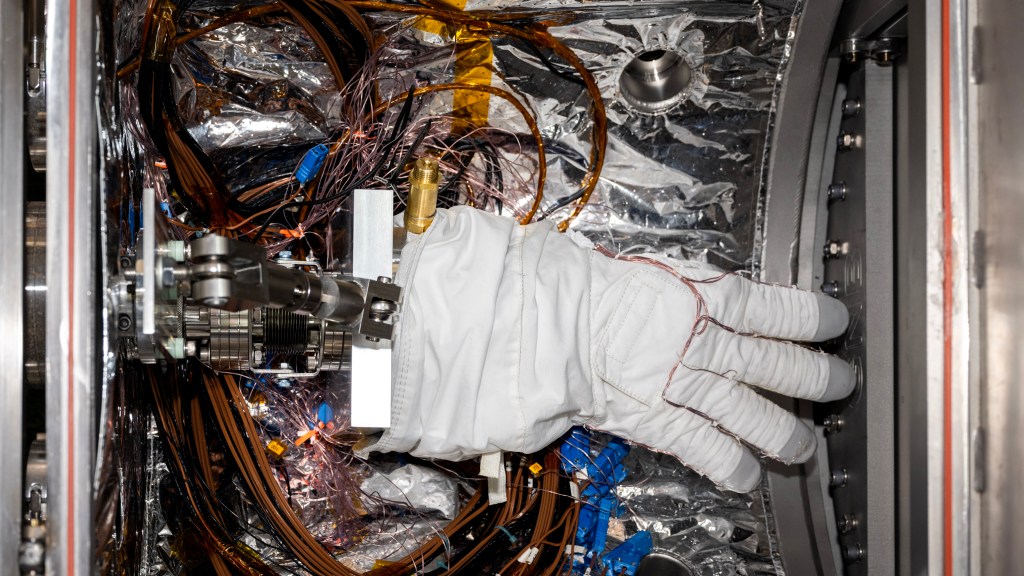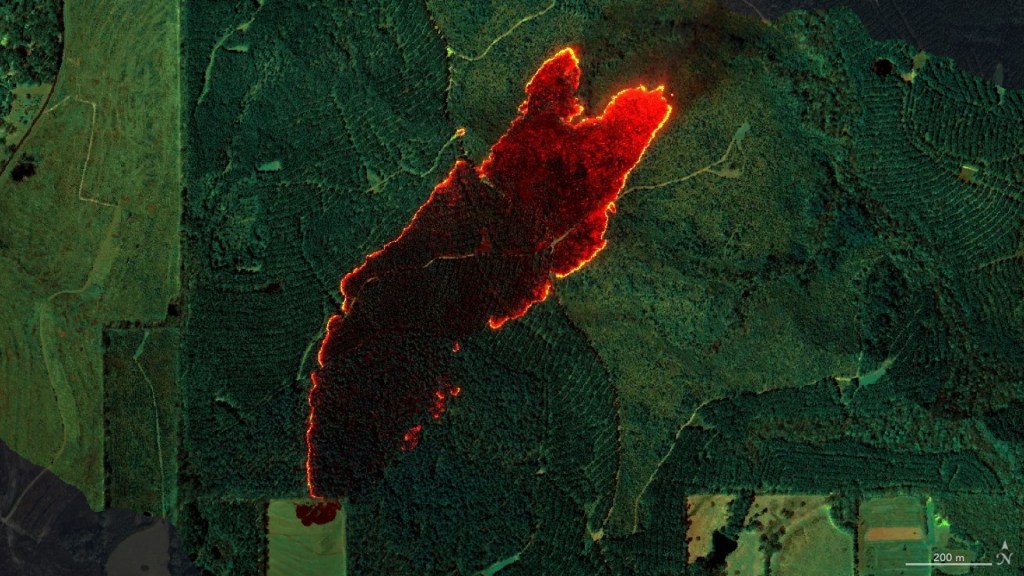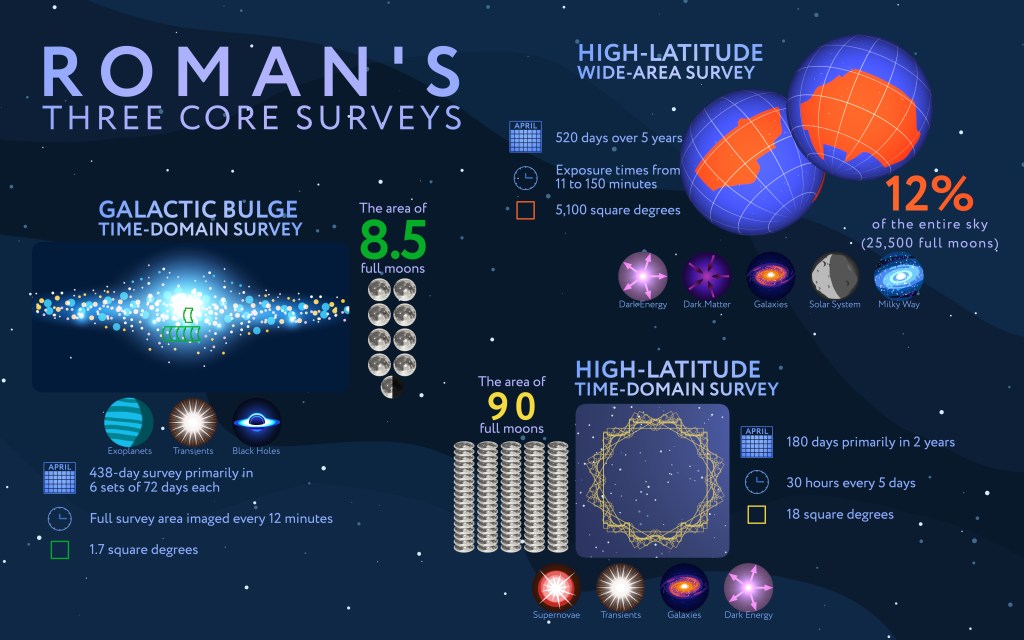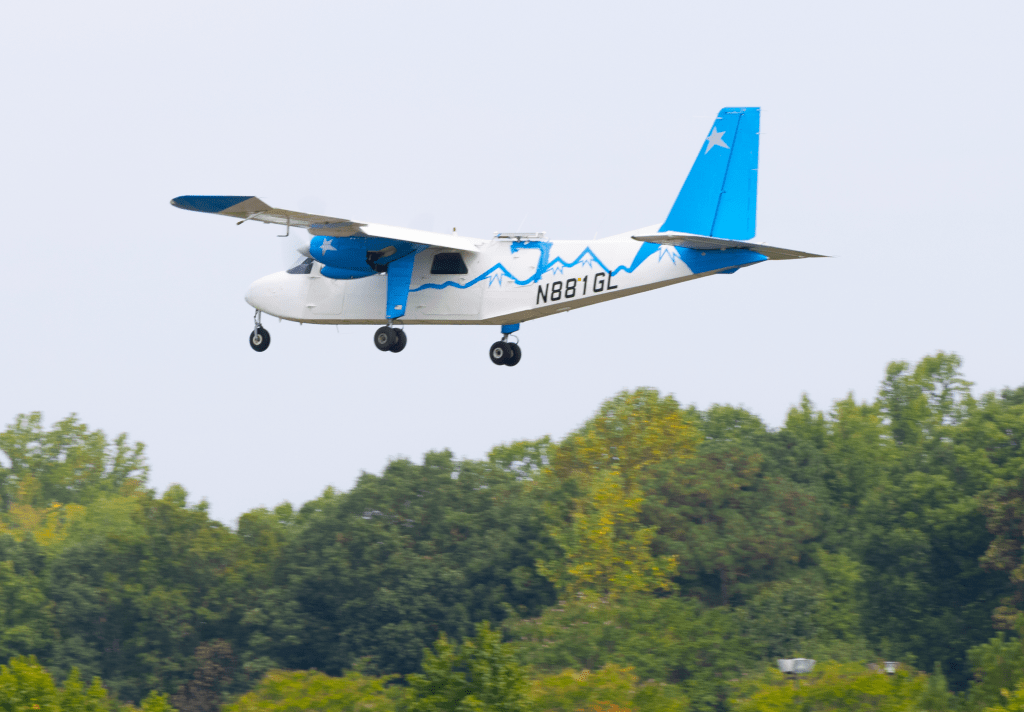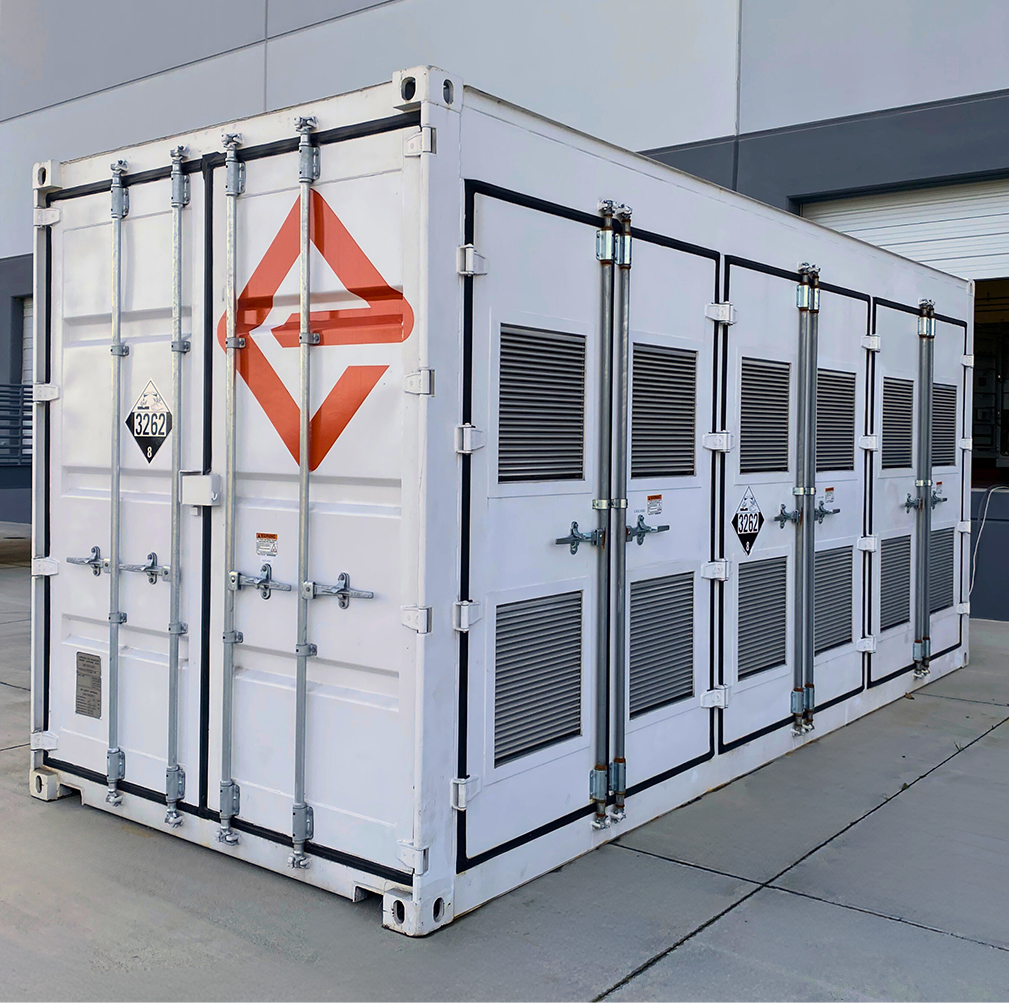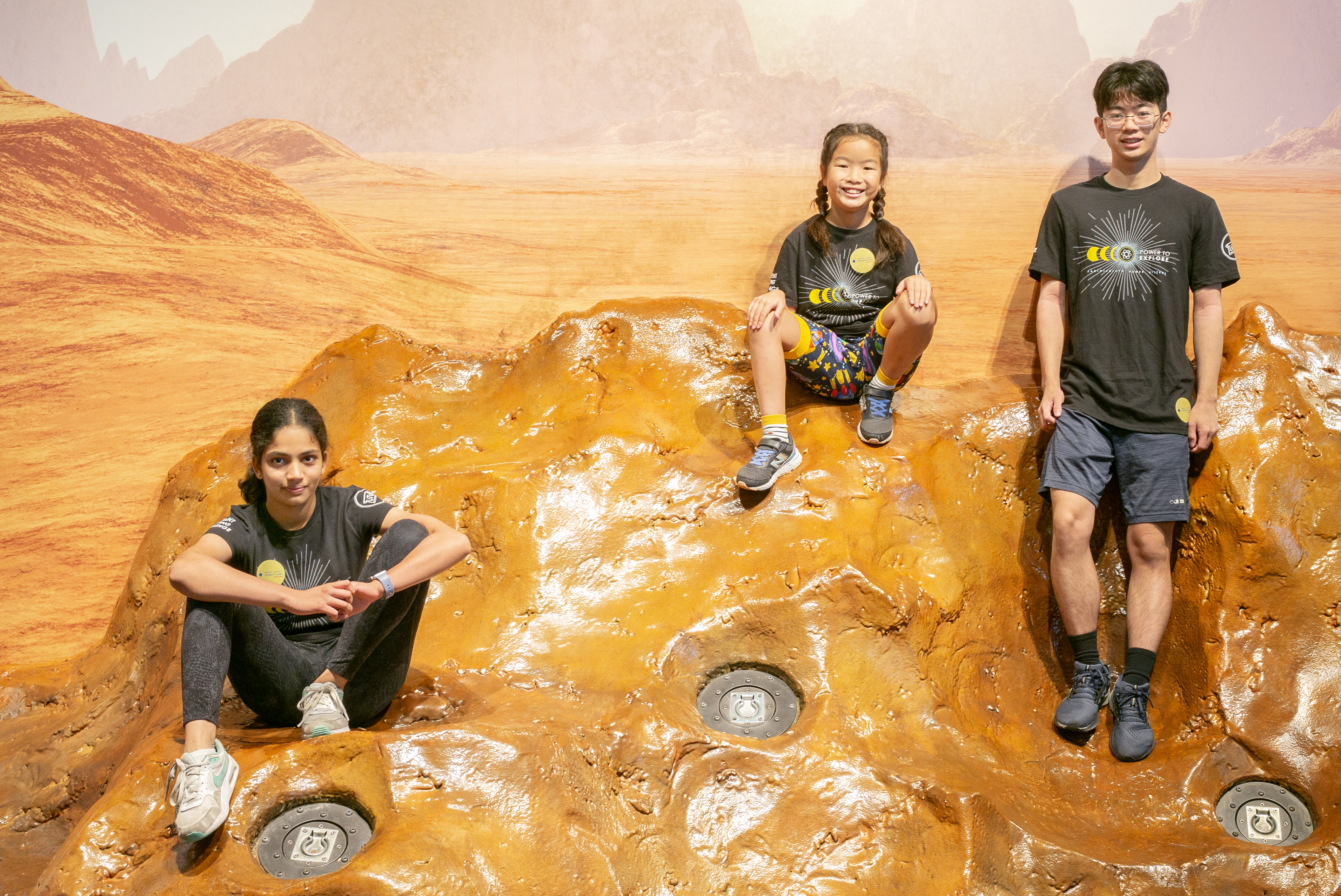Key Players
| PIA Number | PIA09798 |
|---|---|
| Language |
|
Saturn and Dione regard Enceladus -- the object their gravitational tug-of-war. Dione (1,126 kilometers, or 700 miles across) is seen next to Saturn here. Enceladus (505 kilometers, or 314 miles across) appears at left.
The interplay of gravitational forces on Enceladus from both Saturn and Dione might provide a key source of energy for the geological activity in the small moon's south polar region. What powers the activity on Enceladus is an ongoing subject of interest to Cassini scientists.
This view looks toward the unilluminated side of the rings from about 3 degrees above the ringplane. The image was taken with the Cassini spacecraft wide-angle camera on Nov. 8, 2007 using a spectral filter sensitive to wavelengths of infrared light centered at 727 nanometers. The view was obtained at a distance of approximately 2.9 million kilometers (1.8 million miles) from Saturn. Image scale is 169 kilometers (105 miles) per pixel.
The Cassini-Huygens mission is a cooperative project of NASA, the European Space Agency and the Italian Space Agency. The Jet Propulsion Laboratory, a division of the California Institute of Technology in Pasadena, manages the mission for NASA's Science Mission Directorate, Washington, D.C. The Cassini orbiter and its two onboard cameras were designed, developed and assembled at JPL. The imaging operations center is based at the Space Science Institute in Boulder, Colo.
For more information about the Cassini-Huygens mission visit http://saturn.jpl.nasa.gov . The Cassini imaging team homepage is at http://ciclops.org .
Credit: NASA/JPL/Space Science Institute


